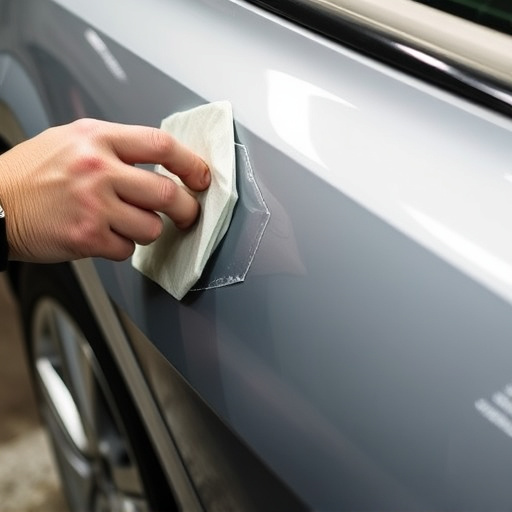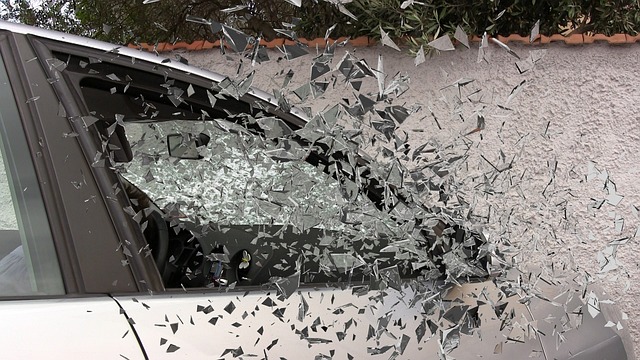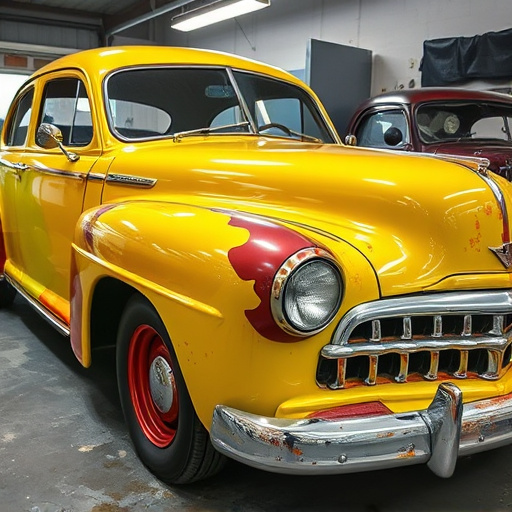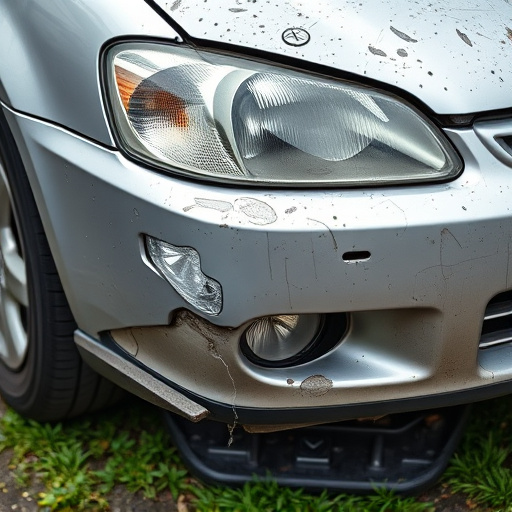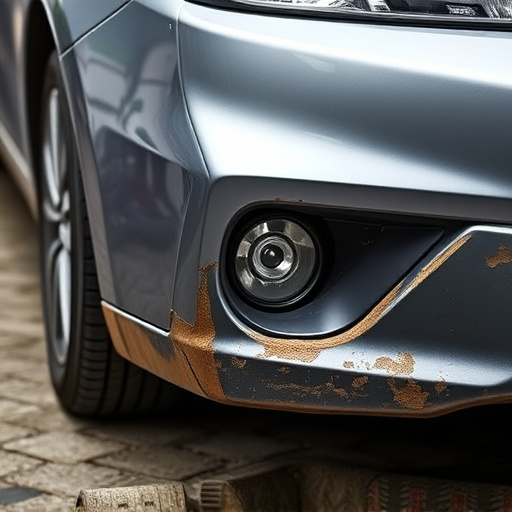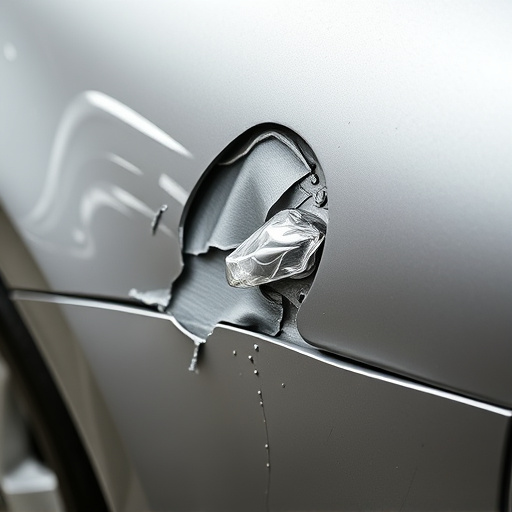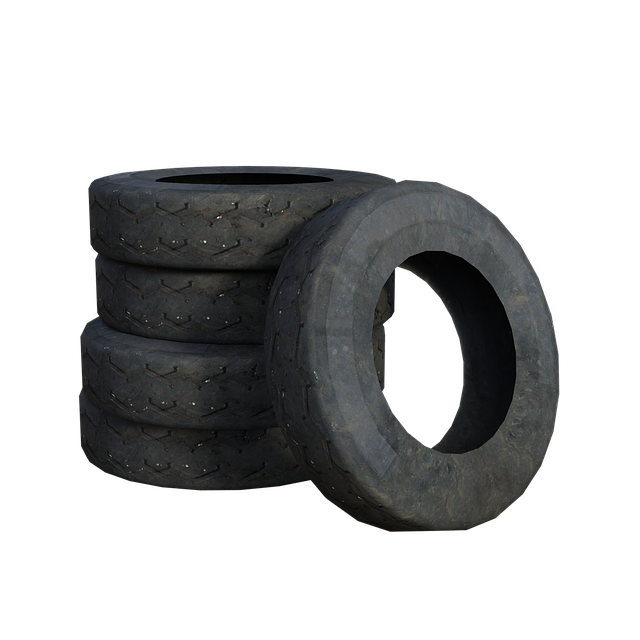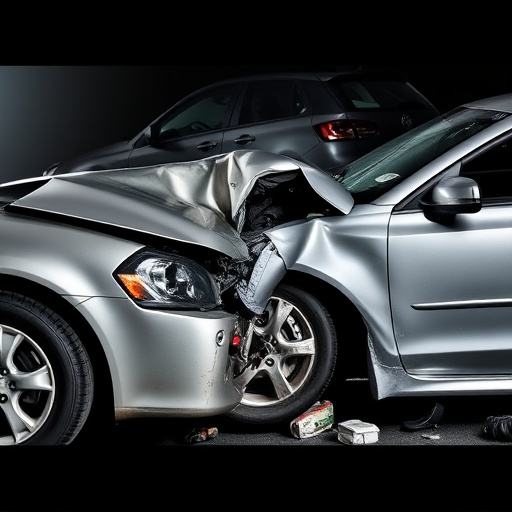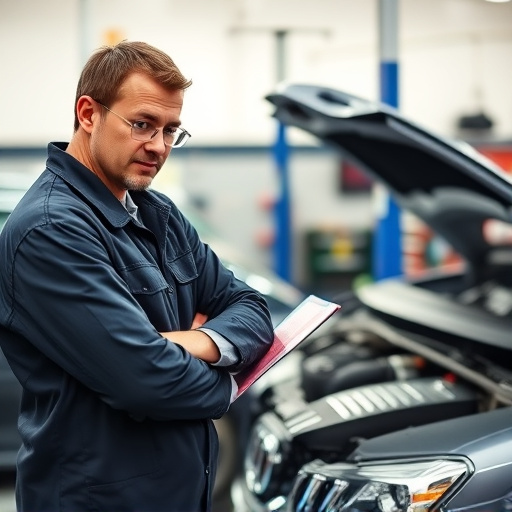Unbody frame repair is a specialized automotive service that restores structural integrity to damaged vehicle frames using advanced tools and precision engineering. This eco-friendly method, leveraging laser scanning and robotic arms, minimizes waste and supports a circular economy, making it an efficient and sustainable solution for consumers seeking reliable and cost-effective auto collision repair.
The future of auto body repair is here, and it’s called unibody frame repair. This innovative approach to fixing vehicle structures offers unparalleled precision, speed, and environmental sustainability compared to traditional methods. By understanding the fundamentals—including its definition, advantages, and current industry adoption—we can appreciate how unibody frame repair is revolutionizing garages.
Technological advancements like robotics, artificial intelligence, 3D printing, and virtual reality are at the forefront of this transformation. Simultaneously, sustainability, cost-efficiency, and evolving customer expectations drive the continuous evolution of unibody frame repair practices. This article explores these facets to provide a comprehensive view of the future of unibody frame repair in the automotive industry.
- Understanding Unibody Frame Repair: The Basics and Benefits
- – Definition of unibody frame repair
- – How it works and its advantages over traditional frame repairs
Understanding Unibody Frame Repair: The Basics and Benefits
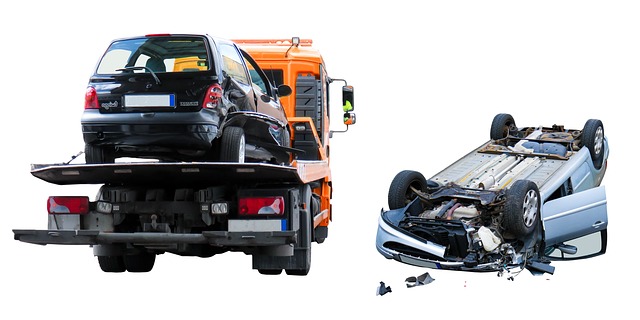
Unbody frame repair is a specialized process that focuses on restoring structural integrity to a vehicle’s frame after damage or accidents. It involves meticulous techniques to realign and reinforce the frame, ensuring the vehicle maintains its safety standards and original structural design. By utilizing advanced tools and precision engineering, technicians can accurately mend bent or cracked components, allowing for a more cost-effective alternative to complete frame replacement.
The benefits of unibody frame repair extend beyond financial savings. It preserves the vehicle’s original value, maintains its structural stability, and reduces the environmental impact associated with discarding damaged frames. Moreover, this method is particularly advantageous in today’s market where consumers seek sustainable and efficient vehicle repair solutions. Integrating unibody frame repair into auto industry practices promotes a more circular economy, minimizing waste from discarded parts and offering a reliable solution for tire services and vehicle paint repair when necessary.
– Definition of unibody frame repair
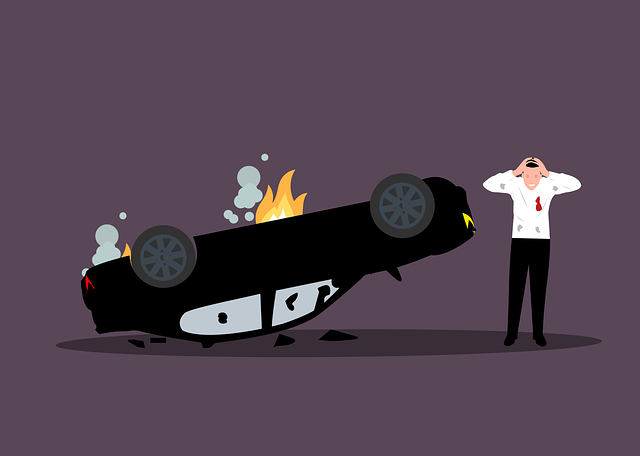
Unibody frame repair is a specialized process within the automotive industry, focusing on restoring and realigning the structural integrity of vehicles that have been involved in accidents or collisions. The unibody, also known as the vehicle’s chassis, is a crucial component that connects all the vital parts of a car, including the body, engine, and wheels. When a vehicle experiences damage, particularly in severe accidents, the unibody often requires meticulous attention to ensure safety and proper functioning.
This repair process involves several steps, from assessing the extent of damage using advanced diagnostic tools to precise measurements and adjustments to bring the frame back to its original specifications. Skilled technicians utilize specialized equipment and techniques to straighten, replace, or reinforce damaged parts, ensuring the vehicle meets strict safety standards. Effective unibody frame repair not only restores the physical structure but also guarantees optimal performance and longevity for the vehicle, making it a vital service in auto collision repair and body shop operations.
– How it works and its advantages over traditional frame repairs
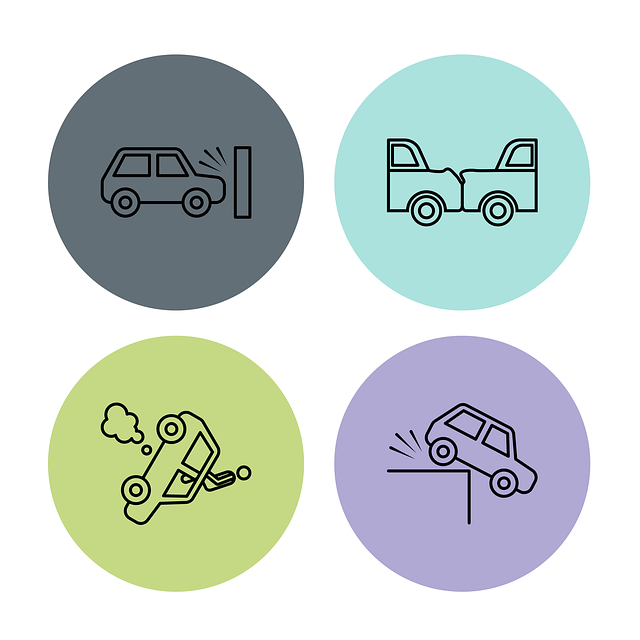
Unibody frame repair is a revolutionary process that offers significant advantages over traditional collision or auto body services. Instead of using separate components to join and stabilize a vehicle’s structure, unibody repairs leverage modern technology to realign and straighten the metal panels that make up the vehicle’s frame. This method starts with advanced laser scanning technology that accurately maps the vehicle’s original design, allowing technicians to precisely measure any deviations caused by accidents or damage.
Once the data is collected, specialized equipment uses hydraulic presses and robotic arms to gently straighten and reshape the frame back to its original specifications. The process preserves the structural integrity of the unibody construction, which was designed to protect occupants in modern vehicles. This not only ensures superior safety but also minimizes the environmental impact associated with traditional collision repairs that often require extensive welding and material replacement. By focusing on precise adjustments rather than complete replacements, unibody frame repair significantly reduces waste and contributes to more sustainable vehicle repair services.
Unbody frame repair is poised to transform the automotive industry, offering a more efficient, cost-effective, and environmentally friendly alternative to traditional frame repairs. As technology advances, we can expect to see further innovations in this field, making unibody frame repair an increasingly viable option for both consumers and manufacturers. By embracing these advancements, the auto industry can contribute to reduced waste, faster turnaround times, and improved overall vehicle performance, ultimately benefiting both businesses and drivers alike.

